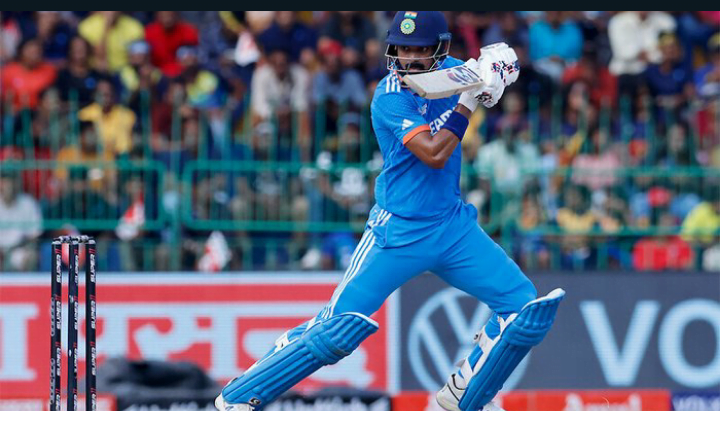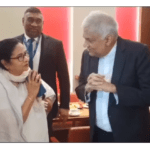In the realm of Indian cricket, the competition for the role of wicketkeeper in limited-overs matches has intensified, as Ishan Kishan, who has been the preferred choice this year, faces a formidable challenge from the resurgent KL Rahul following his return from injury at the Asia Cup.
Kishan’s claim to the wicketkeeper’s gloves seemed secure, bolstered not only by his impressive record of four half-centuries in his last five one-day innings but also by the invaluable left-handed dimension he adds to a predominantly right-handed batting lineup.
However, Rahul’s compelling performances in his first two matches post-injury have kept the selectors pondering. This scenario precisely mirrors the “good headache” that chief selector Ajit Agarkar had envisioned when he included both Kishan and Rahul in the World Cup squad.
In a high-pressure encounter against arch-rivals Pakistan during the Asia Cup, Rahul, thrust into action at the last moment due to Shreyas Iyer’s back spasm, displayed unparalleled resilience. With a stunning unbeaten century, he formed a formidable partnership with centurion Virat Kohli, propelling India to a resounding victory.
Rahul’s significance was once again evident in the low-scoring battle against hosts Sri Lanka, where he contributed both with the bat and by taking up wicketkeeping duties. This versatility is a testament to Rahul’s adaptability, as he gracefully transitions from a specialist batter to a wicketkeeper-batsman.
“I have been keeping wicket for a long time, more than two years now actually,” Rahul revealed, emphasizing his familiarity with the dual role. He further highlighted that the team management had entrusted him with this multifaceted responsibility, urging him to serve as a middle-order batter while simultaneously tending to wicketkeeping duties.
Despite his primary role as a versatile batter, Rahul’s commitment to mastering the art of wicketkeeping has been evident during his rehabilitation from injury. “During my recovery, I worked on both aspects,” the 31-year-old affirmed, underscoring his dedication. “Earlier, I’d work mostly on my batting. But this time I had enough time to work on my keeping. Hopefully, I can excel in both roles.”
As India sets its sights on the Asia Cup final, it becomes increasingly apparent that the selection dilemma surrounding the wicketkeeper’s role will persist. This competition is poised to amplify as India embarks on its quest for a third ODI World Cup title, commencing against Australia in Chennai on October 8.
Source, Reuters







